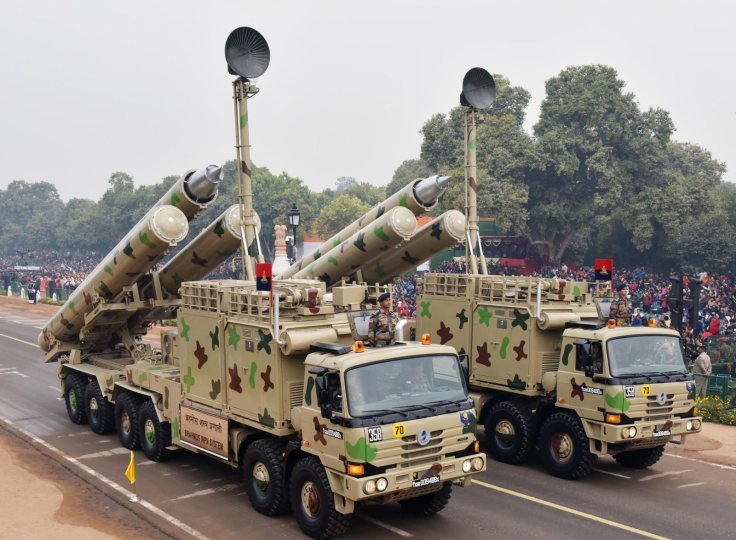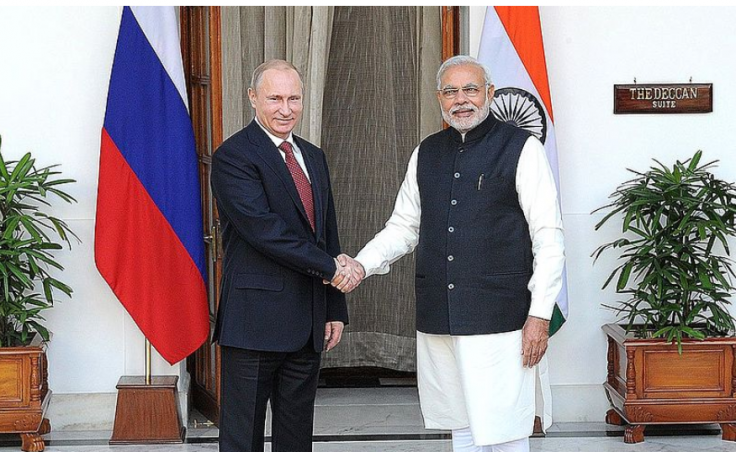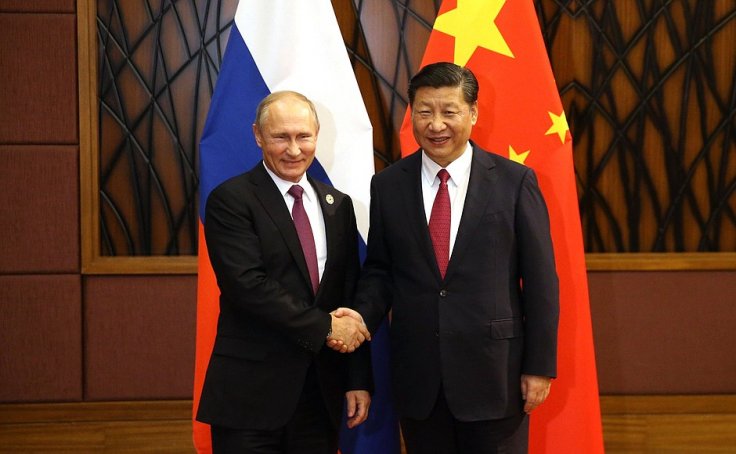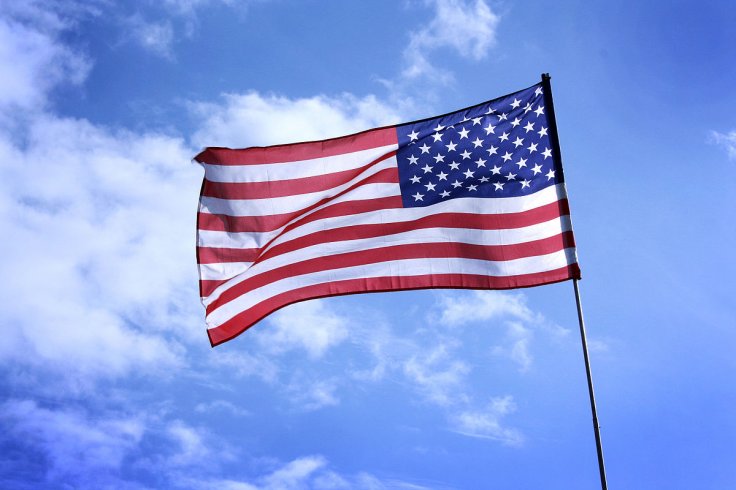With heated exchanges between Russia and the US due to heavy concentrations of troops in Ukraine border for talks between both sides, Russia's growing dependence on China due to West sanctions and India's tilt towards the US with inclusion to Quad, the December 6 visit of Russian President Vladimir Putin in India appears to be viewed differently in different parts of the world. The public anger over Chinese intrusions in Ladakh, and the growing partnership between Russia and China, indicate that the visit is sensitive within the international geopolitical context.
This will require delicate Strategic balancing, including the text of a joint statement, if it is issued at the conclusion of the visit. Notwithstanding the above, the visit is a scheduled 21st India-Russia Annual Summit, which couldn't take place earlier due to coronavirus pandemic, there are many justified reasons to continue with 'Indo-Soviet Friendship Treaty (1971)' matured into 'Strategic Partnership (2000)', which has stood the test of time till date, even during ongoing rough relations between China and India.
Despite Indian effort for Atmanirbhar Bharat in defence manufacturing and SIPRI indicating significant 33 per cent decrease in import of military hardware by India in recent years, it remains heavily dependent on Russian technology, maintenance, procurement of hardware and spares. India has been working with Russia for many decades in its own manufacturing programs.
India-Russia Collaboration to Expand
They were open to the transfer of technology that India was not able to obtain from other countries. It includes major systems such as nuclear-powered submarines and warships/frigates.

It also includes nuclear reactors, space programs, and flagship projects like Brahmos. The impending visit will see the start of indigenous manufacturing of AK 203 kalashnikov rifles. There may also be some progress in collaboration in manufacturing (including transfer technology of very short-range air defense missile systems (VSHORADS), twin-engine helicopters to replace Cheetah or Chetak, and upgradation inventory of MIG29 and Sukhoi aircrafts.India's 2018 deal for the S-400 Triumf surface-to-air ballistic missile system is complete. The threat of CAATSA will not have any effect on the delivery schedule.It was chosen as it was most appropriate to Indian requirements at the time.
Ten Agreements
There are also rumors of ten agreements between the two countries. These could include a reciprocal exchange of logistics agreements and a 10-year military technical agreement.

Two plus Two dialogues to strengthen existing Strategic partnerships.The US may be open to a waiver of CAATSA for S-400 in light of the common China challenge.
However, further deals could create friction points in strengthening Indo-US relations.
Strategic Context
In a Strategic context, Russia remains a favourable member of the UN P5 and continues to support India at various multilateral organizations like the UN, SCO and BRICS on critical issues.
It is a technological powerhouse and the largest producer of military equipment.This equipment can be used on a variety of terrains, as well as by Indian forces.
Despite its proximity to China, India's discomfort with the Quad, growing Indo–US partnership and hardware sale to Pakistan, some opinion makers in India suggest divorcing Russia. However, such opinions are marred with impracticality, ignorance about India's dependence on Russia and its track record for reliability in its partnership with India. Russia's revised Military Strategy document continues to list India as its partner alongside China.It has not delayed/defaulted in any hardware support to India even during standoffs with China.
Both countries share the same concerns regarding terror export after Taliban's takeover in Afghanistan and subsequent humanitarian crisis.This will be a topic of discussion and may be included in a joint statement.
Sino-Russian Embrace

The much publicised Sino-Russian embrace by Chinese media and Russian acceptance to go along has been due to economic compulsions due to increasing sanctions from West, common adversary US branding both as competitors in security strategy documents.Russia, which seeks multilateral world order, is also an expansionist, aggressive China.
Eurasian dream has been abandoned by China's BRI. Its technological theft, such as alleged hypersonic technology proliferation, and growing border claims in the border with Tajikistan, is not to Russian liking. Russia has not committed to supporting China's misadventures in South China Sea/Himalayas, and China has not made any commitment regarding Ukraine's borders. Moscow may be sending a message to Beijing and the US by reaffirming India as a Strategic partner.
Due to geo-political issues and Russia's need for economic and Strategic balancing, it is unlikely that Russia will criticize China, Pakistan, or India during this visit.
Impact on India-US Ties

India and US have commonality of Interest in most issues including tackling China, which has pushed India to become an important global Strategic partner of US, by its aggressive designs.
In the current geo-Strategic equation, there is congruence between India and the US on most global issues. India stands with the US and Quad in Indo-Pacific and confronting China challenge.
India continues to respond to US concerns and sensitivities, sometimes at the expense of old relationships like Iran. India cut imports from Iran to meet US interests.
This was a cost-benefit as Iran oil was being imported in Rupee terms in crude form and attuned with existing Indian refineries.India seems to not be repeating the same mistake as Russia, who haven't done anything bilaterally that would require a divorce in mutual relation.
Moreover, military capacity building of India also adds to collective strength of Quad, which is in collective interest.
Lately India is trying to be self-reliant, as well as diversifying procurement from various countries to include US, France, Israel.
Defense Procurement
The defense procurement from Russia has decreased from nearly 65 percent to 49 percent over the past decade and has correspondingly increased in favor of the US, Israel, and France. There is a noticeable upward trend with the purchase of US military hardware. In 2020 alone, $3.4 billion was spent on US military equipment.This indicates that India has enough accommodation.The US has many competitors in a buyers market, including Russia, Israel, and France.
Each country will choose the best deal, even India. As a step towards self-reliance and seeking the support of all its partners, India has made modest progress in exporting military equipment worth Rs 38,000 crore.
(Major General S.B.Asthana, a veteran Infantry General, is a Strategic analyst and security analyst.He is the Chief Instructor, United Service Institution of India. The views expressed are personal)









